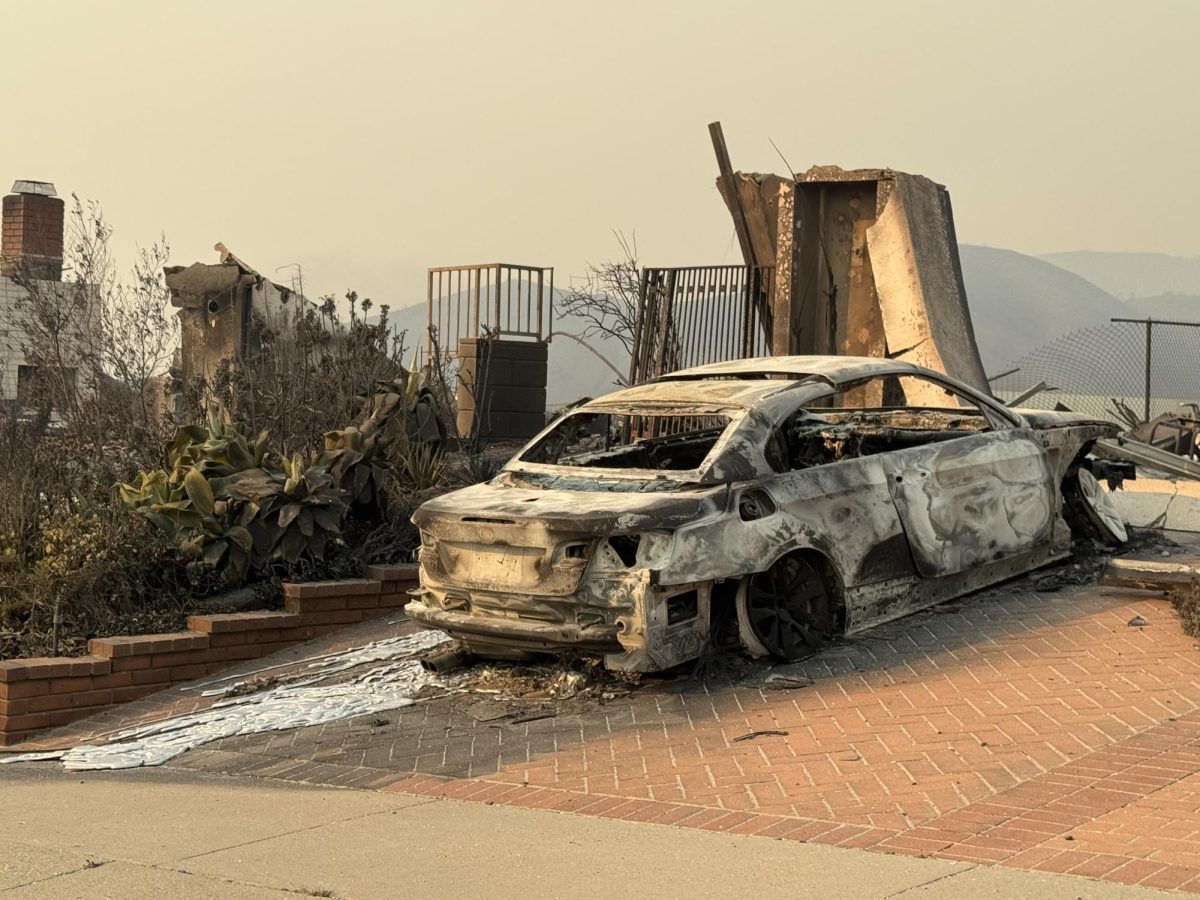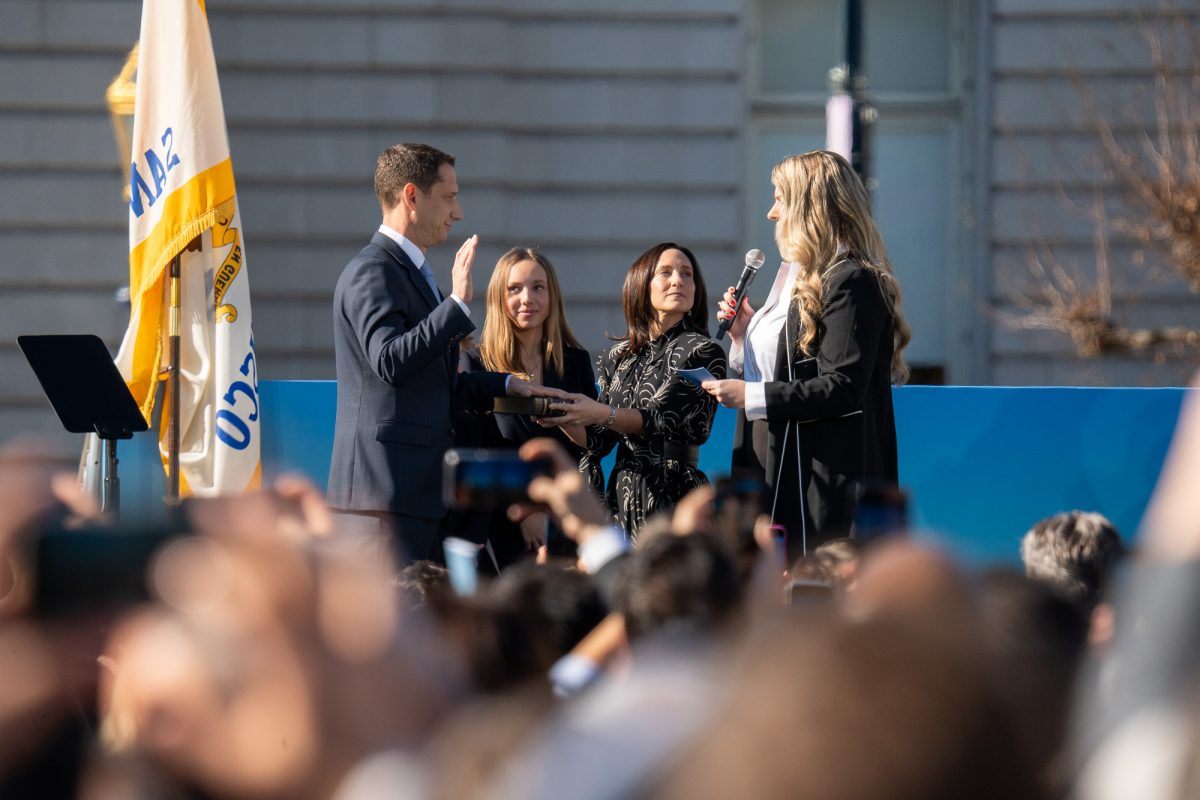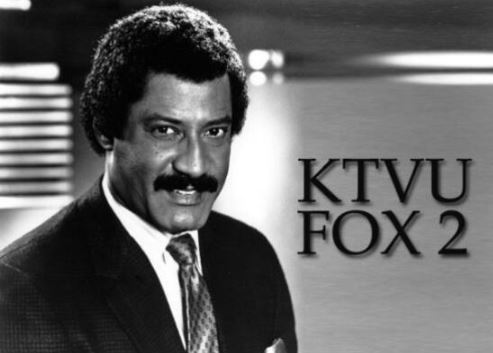San Francisco residents, as well as those who work and go to school in the city, have seen streets that are mostly closed to traffic, but allow pedestrians access to walk, run or bike. These are called Slow Streets and were set up by the San Francisco Municipal Transport Agency.
The SFMTA says on their website that the Slow Streets program is “designed to limit through traffic on certain residential streets and allow them to be used as a shared space for people traveling by foot and bicycle.”
The overall goal of Slow Streets is to “provide more space for socially distant essential travel and exercise during the COVID-19 pandemic” according to the SFMTA website.
Varsity Cross Country Runner Collin Murtagh ’22 runs throughout the Sunset district and Golden Gate Park and shared his experience with Slow Streets.
“Due to social distancing in the beginning of the pandemic, people are able to spread out more in the street,” he said. “Also, there’s less commotion with the large amount of bikers and runners that actively exercise in the park. And finally, I just like running in the street and not having to deal with cars or vehicles.”
Although Murtagh enjoys not having to deal with vehicles on the streets, he feels that some closed streets are unnecessary and could be frustrating to other pedestrians who are not exercising.
“I do feel some of the streets are a bit unnecessary like the ones in the Sunset and on Lake Street by the Presidio. As a runner, I’ll take it, but if I was an adult trying to get home or go to work relying on the streets that are closed, I’d be pretty upset,” he said.
Cross Country Coach Julia Stricker-Balistreri also recognized the fact that Slow Streets have made exercising during the pandemic much more safe and comfortable for runners. Like Murtagh, Striker-Balistrei utilizes all the Slow Streets within Golden Gate Park.
“I loved the ability to not have to worry about planning my routes around traffic/stop lights/etc. I knew I could park nearby and immediately start running without having to stop or slow down for cars,” she said.
She added, “They have made exercise (whether running or walking) safe and readily accessible. Thanks to all the trails, I find it much easier to avoid other humans even when it is a bit busier.”
Although Slow Streets are mainly utilized by runners and bikers, skaters have also found them quite useful in their endeavours around the city. Since skating often interferes with cars, these streets have been a safer way for skaters to get across town.
Avid skater Murillo Oliveira ’22 is glad he doesn’t have to worry about cars on certain streets. “It’s definitely safer to skate on these streets and not have to worry about cars. It’s very nice and relaxing just to skate and not have to worry about anything. They also let me focus and concentrate on my tricks more since it’s only me and my board.”
In the Sunnyside neighborhood, there have been mixed reviews on one of the newest Slow Streets: Hearst Avenue. On the positive side, one resident commented that the added space is a welcome change, especially now.
“I run in the middle of the street whenever possible,” said Amar Pai, a Sunnyside resident. “Nice thing about the pandemic is it allowed for a vision of an alternate world. Streets should be for people.”
While there has been less traffic on Hearst Avenue, cars are now spilling onto neighboring streets, creating congestion.
“I think the slow street was a bad idea,” said Mark Piper. “Just pushes traffic onto other streets. Streets were meant for traffic…and I hardly see anyone using them.”
Another neighbor commented on the uptick in traffic on her street.
“We have increased traffic, speeding, no parking and worry about getting hit coming out of our driveway or being on the street,” said Teri Klein.
Slow Streets cover almost every district and neighborhood in San Francisco, totaling 47 miles. The most recent Slow Streets, other than Hearst Avenue, include 12th Avenue, Lyon Street, and SoMa streets. While Slow Streets started off as a response to the pandemic, the SFMTA Board of Directors voted in September 2021 to authorize Sanchez Street, Shotwell Street, Golden Gate Avenue and Lake Street Slow Streets to remain in place post-pandemic.










